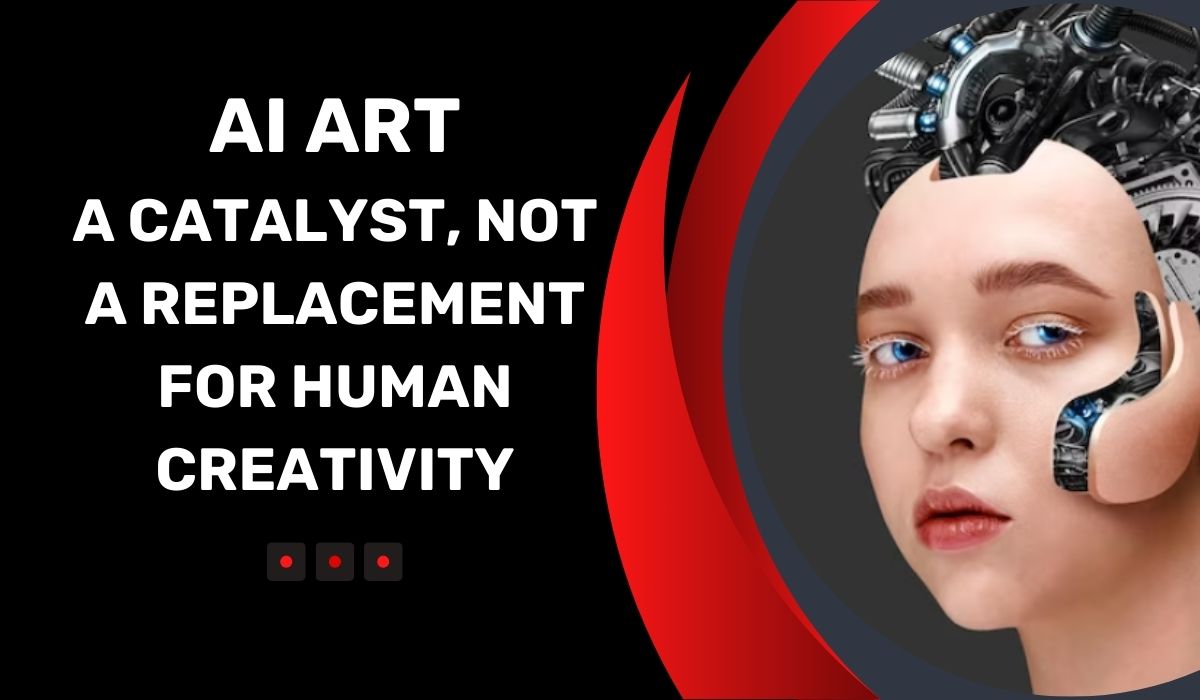
In an era where AI innovation is reshaping various aspects of our lives, AI art generation has emerged as a powerful tool, offering individuals the ability to create sophisticated artworks through simple text prompts. Whether depicting Pope Francis playing basketball or transforming Prime Minister Narendra Modi into a 'rockstar,' people are utilizing AI image generation on a massive scale.The Lensa app, a recent social media sensation turning photos into 'magic avatars,' exemplifies the widespread adoption of AI-generated imagery. With over 4 million downloads globally in the first five days of December, the app generated an impressive $8 million in profits, according to Sensor Tower estimates.
Concerns have been raised about the ethical implications of AI art. Some argue that AI applications might inadvertently undermine the efforts of traditional artists. Jenny Yokobori, an American voice artist, expressed her dissatisfaction, stating, "The AI app steals examples of art that were born from years of practice and expensive classes. Artists deserve more than to feel like they're being discarded for some soulless robot."Artists like Anish Talpade and Yashaswi Dugar express reservations about the impact of AI on specialized fields like art and music. Talpade notes that while AI shows promise in alleviating human workloads in certain areas, its growing influence in creative domains raises concerns about the loss of the liberating aspect that art is known for.
AI art operates by scouring images on the internet, categorizing them into datasets, and creating images based on textual prompts. Nyamat, an illustrator, warns that this approach, driven by techniques like deep learning and neural networks, might lead to AI dominating the entire art industry, diminishing the personal and human expression inherent in artistic creativity.
Legal challenges have also arisen. A class action lawsuit in California alleges that an AI tool was trained on copyrighted images without permission from the artists, creating new images that compete in the marketplace without compensating the original creators.As the AI art movement gains momentum, physical exhibitions dedicated to this genre are emerging worldwide. From Amsterdam's first AI art gallery to San Francisco's "Artificial Imagination," exploring the impact of DALL-E-inspired art, AI-generated art is making its mark on traditional art spaces.
Mohit Jain, director of Dhoomimal Art Centre, believes that galleries should embrace AI art as part of the contemporary art scenario. However, he emphasizes the importance of artists using AI to reflect their individual language or style rather than as a shortcut to complete artworks.Fabin Rasheed, an artist blending creativity and technology, sees AI as an enabler rather than a replacement for human creativity. He notes that AI has significantly accelerated the creation time for various art forms, making it an invaluable tool while underscoring the need to safeguard the authenticity and value of original creations in the face of potential mass production and forgery threats.